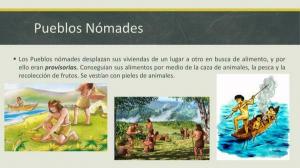4 most important works of EL BOSCO
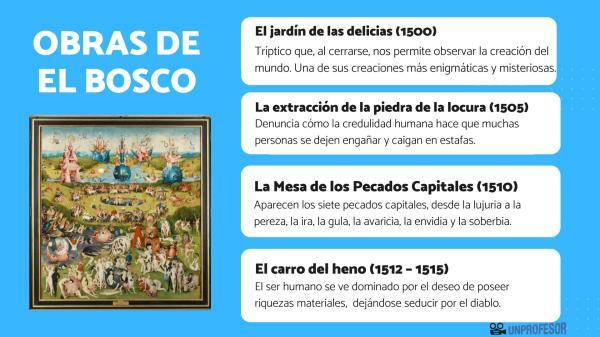
Jheronimus Bosch (1450-1516), popularly known as "El Bosch", is one of the great figures of universal art. A world-renowned painter for the special personal universe that he was able to create, capturing all human passions, sin, madness or hell.
In this lesson at unPROFESOR.com we offer you a selection of the Bosch's most important works so that you know first-hand what the work of this emblematic and enigmatic Gothic painter is like.
Index
- Painter El Bosco and his style
- The Garden of Earthly Delights (1490 – 1500), Bosch's most important work
- The extraction of the stone of madness (1501 – 1505)
- The Table of Deadly Sins (1505 – 1510)
- The Hay Wain (1512 – 1515)
Painter El Bosco and his style.
So that you know better the work of the painter El Bosco, we are going to discover the features essentials of his style, with which you can better understand all of his artistic production:
- Bosch began his artistic career within the Gothic art, being his main inspiration the bible and other religious works. Other main features that characterize his work are:
- He is a master creating unreal and dreamlike atmospheres, considering itself an antecedent of surrealism. A fantastic and unique world that allows Bosch to make a scathing critique of the time he lived in and the corruption that existed among the privileged social classes.
- Bosch is very perfectionist and has a refined technique and a good quality in the drawing.
- Have a fine sense of irony.
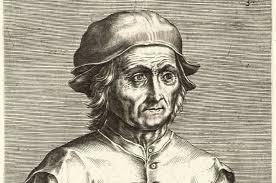
The Garden of Earthly Delights (1490 – 1500), Bosch's most important work.
the garden of delightsIt is exhibited in the Prado Museum, one of Bosch's most outstanding works. Philip II was one of its great collectors, being The Garden of Earthly Delights one of his most enigmatic and mysterious creations, full of symbols and messages and being one of the works with the most variety of interpretations by art history specialists.
The work is a triptych that, when closed, allows us to observe the creation of the world. Once opened, the painting shows us a garden of delights or of the great pleasures of life. The left panel represents Paradise, while the central panel shows the Garden of Earthly Delights, where the sin is the main character. Finally, in the right panel, hell is represented in very dark and somber tones, while the other two have more vivid colors.
Bosch shows the effects of sin, being the point in common between the three tables. The ephemerality of pleasure and its tricks is only the prelude to the punishments that hell reserves.
The extraction of the stone of madness (1501 – 1505)
The damage it causes ignorance and superstition is the subject of this emblematic work of El Bosco. A work that denounces how human credulity makes many people fall for scams such as the healing of madness. Thus, according to medieval tradition, madness was generated by a stone lodged in the brain. The most credulous reached the extreme of wanting to remove that stone so as not to fall into madness.
In this frame, Bosch represents a supposed doctor touched with a funnel, a symbol of human stupidity and that we are dealing with a swindler. The patient, a peasant, allows himself to be extracted from the supposed stone of madness, a flower in reality, while his bag of money is pierced by a dagger. A metaphor for the scam he is being subjected to.
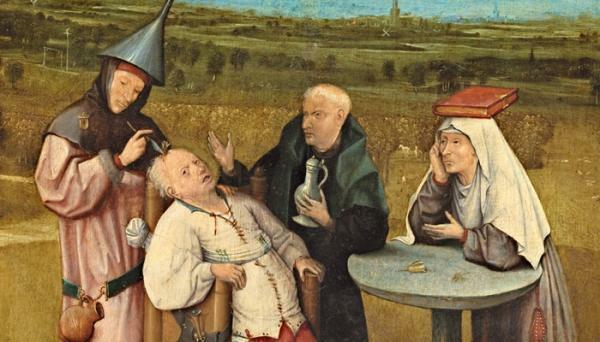
The Table of Deadly Sins (1505 – 1510)
Also in the Prado Museum, The Table of Deadly Sins is another of the Bosch's most emblematic pieces. The seven deadly sins appear on the table, from lust to sloth, anger, gluttony, greed, envy and pride. All inscribed in Latin and represented by scenes from the daily life of the city of Flanders.
In the center of the work appears the image of Christ rising, in addition to the representation of the eye of God. In its corners appear death, the judgment of God, Glory and hell.

The Hay Wain (1512 – 1515)
This work is another most popular triptychs of Hieronymus Bosch. The painting is located in the Prado Museum and in it the central theme is also sin. The scheme is repeated and in the panel on the left the Terrestrial Paradise is represented, in the one on the right appears the Inferno, while in the central one we are shown the hay cart to which the title of the work refers.
The hay cart rrepresents material possessions and how the human being is dominated by the desire to possess material wealth, letting himself be seduced even by the devil. Thus, in order to flee from the devil, it is only necessary to move away from earthly goods and pleasures to avoid evil.
And with this we finish our review of the most important works of El Bosco, one of the most important painters in the history of universal art.
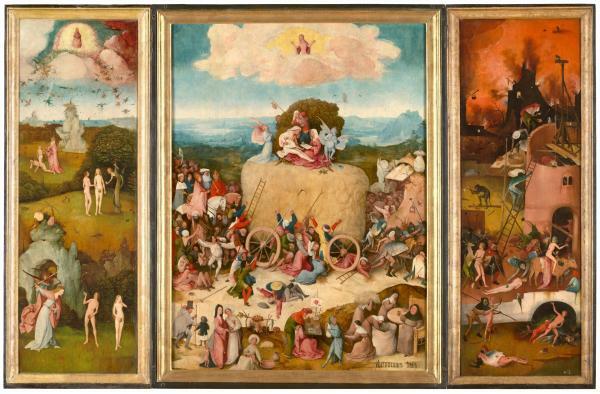
If you want to read more articles similar to Bosch: most important works, we recommend that you enter our category of History.
Bibliography
- ALCOY, Rosa; BOSCH, Hieronymus. El Bosco in two triptychs in the Prado Museum. University of Granada, 2020.
- BOOM, Henk. Bosch Stripped Naked: 500 Years of Jheronimus Bosch Controversy. Antonio Machado Books, 2018.
- GÁMEZ-SALAS, José-Miguel. Sin according to Bosch. 2016.
- GARRIDO, Carmen. Bosch: the creative process of his paintings. Matter. International Magazine d'Art, 2016, no 10-11, p. 77-89.
- LOMBARDERO, Pablo Folgueira. El Bosco: the Exhibition of the V Centenary. Time and society, 2016, no 25, p. 87-88.

